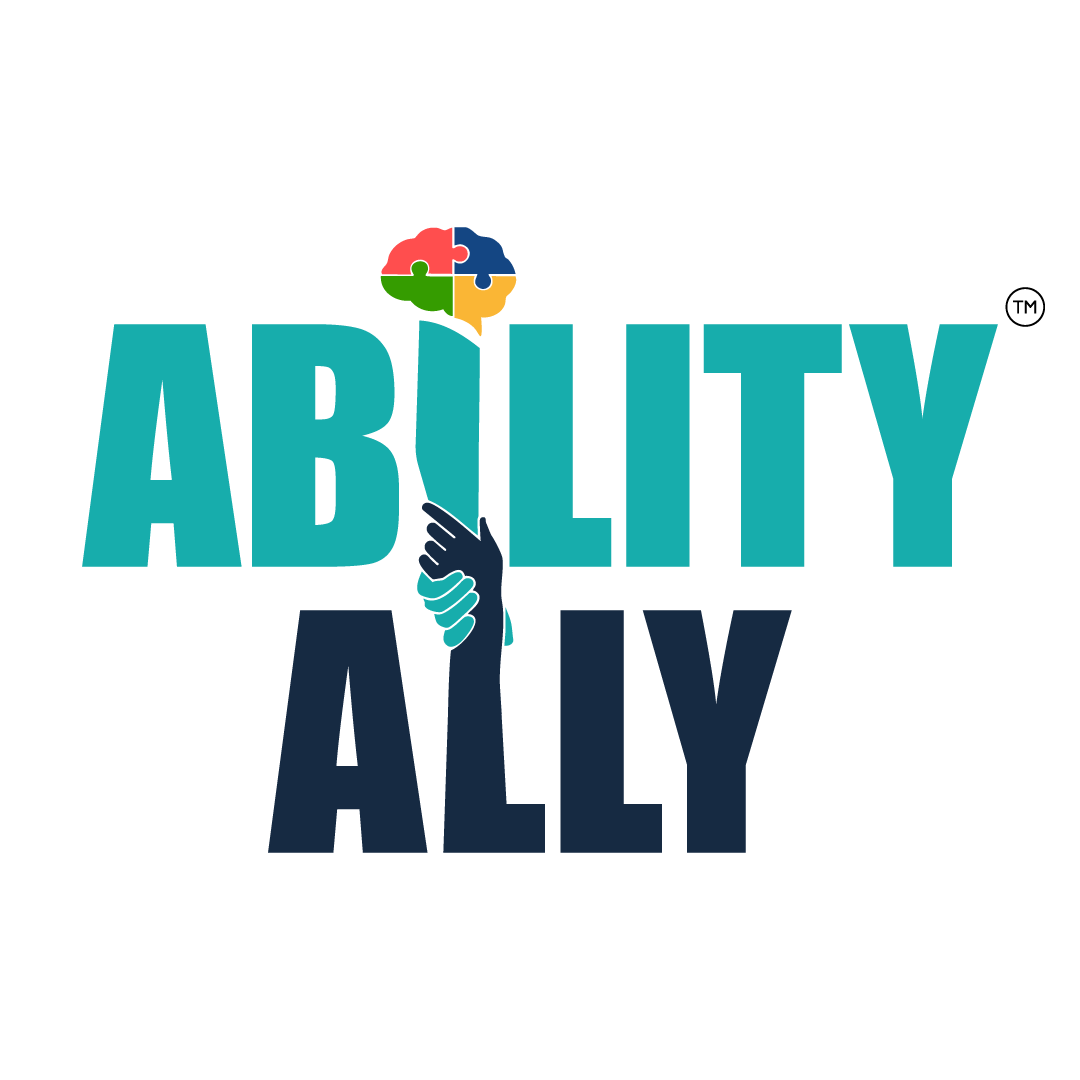For many years, society’s views of disabilities have been clouded by misconceptions and stereotypes. These perceptions often result in stigma, exclusion, and unnecessary barriers for children with disabilities. However, creating a more inclusive world—one where all children, regardless of ability, are valued and accepted—can empower children with disabilities to thrive. It also enriches our communities by fostering empathy, understanding, and diversity. This blog explores the roots of stigma, the importance of inclusive education, how to build inclusive communities, and the value of celebrating differences.
Understanding the Stigma
Stigma surrounding disabilities is often rooted in a lack of understanding and exposure to people with disabilities. Negative stereotypes and myths can fuel feelings of fear or pity, which ultimately isolate children with disabilities and their families.
Common Misconceptions:
- Assuming Inability: Believing that a child’s disability limits their potential across all areas of life.
- Focusing on the Disability, Not the Child: Viewing the child only through the lens of their diagnosis instead of recognizing them as a unique individual.
- Fear of Inclusion: Concerns that integrating children with disabilities into mainstream settings will “slow down” others or require too many accommodations.
Breaking these stigmas begins with education, awareness, and empathy. By recognizing the varied nature of disabilities and the fact that each person’s experience is different, we can change societal perspectives from exclusion to inclusion.
The Importance of Inclusive Education
Inclusive education is about ensuring that children with disabilities have the same opportunities to learn and grow as their peers. In a truly inclusive educational environment, every child—regardless of ability—is part of the same classroom and community. This approach benefits not only children with disabilities but also their classmates, fostering empathy, collaboration, and understanding.
Benefits of Inclusive Education:
- Skill Development: Children with disabilities gain access to educational resources and experiences that help them develop both academically and socially.
- Peer Learning: Children without disabilities learn about diversity, patience, empathy, and compassion through interactions with their peers.
- Equal Opportunities: Inclusion promotes the belief that every child deserves a high-quality education and the opportunity to succeed, no matter their challenges.
Strategies for Schools:
- Teacher Training: Provide educators with specialized training to support diverse learning needs.
- Flexible Curriculum: Adapt lesson plans to cater to various learning styles and abilities, ensuring every child can access and engage with the material.
- Support Services: Ensure that resources like occupational therapy, speech therapy, and classroom aides are available to assist children with disabilities.
How Communities Can Be More Inclusive
Building an inclusive community requires action and commitment from individuals, organizations, and local governments to remove barriers—whether physical, social, or attitudinal.
Steps to Build Inclusivity:
- Accessible Infrastructure: Ensure public spaces, transportation, and buildings have ramps, elevators, and other accommodations for people with mobility challenges.
- Awareness Campaigns: Organize workshops, events, and media campaigns to increase public understanding of disabilities and promote inclusion.
- Support Groups: Establish networks and support groups where families with children with disabilities can connect, share resources, and provide each other with emotional support.
- Inclusive Events: Host community events, such as adaptive sports programs, sensory-friendly movie nights, or inclusive festivals, that are designed to be welcoming and accessible to all.
Celebrating Differences
Diversity enriches our world, and embracing and celebrating our differences can transform societal attitudes toward disabilities. When we learn to see beyond the disability, we start to recognize the unique contributions that everyone can make.
Ways to Celebrate Differences:
- Highlight Achievements: Share stories and celebrate the successes of individuals with disabilities in areas such as academics, sports, arts, and community leadership.
- Promote Representation: Ensure that media, books, movies, and advertisements feature diverse characters with disabilities, normalizing and celebrating differences.
- Teach Acceptance: Encourage children to embrace differences through inclusive books, classroom activities, and open discussions about diversity.
Celebrating differences isn’t just about acceptance—it’s about truly valuing the individual and recognizing the diverse perspectives they bring to the table. By focusing on strengths and unique abilities, we create a society that is more inclusive and compassionate.
Conclusion
Breaking stigmas and creating an inclusive world for children with disabilities is not just a noble goal; it’s essential for the well-being of our society as a whole. It requires effort, understanding, and action at every level—from education to community-building to celebrating diversity. When we embrace inclusion, we ensure that every child, regardless of their ability, has the opportunity to succeed and feel valued. Together, we can build a world where differences are celebrated, and everyone has the chance to thrive.
